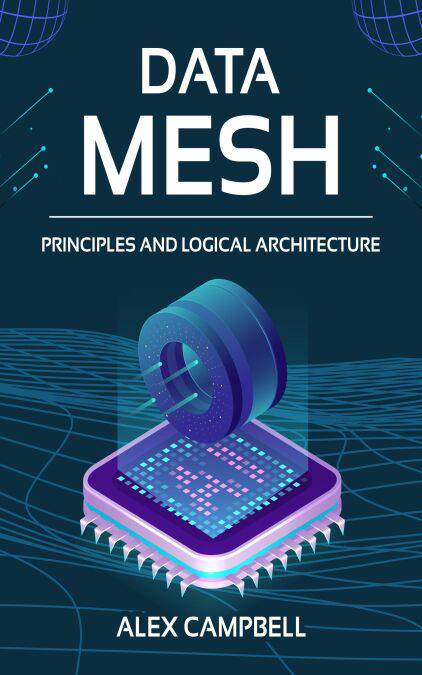
- Retrait gratuit dans votre magasin Club
- 7.000.000 titres dans notre catalogue
- Payer en toute sécurité
- Toujours un magasin près de chez vous
- Retrait gratuit dans votre magasin Club
- 7.000.0000 titres dans notre catalogue
- Payer en toute sécurité
- Toujours un magasin près de chez vous
Description
Gain a broader understanding of Data Mesh and logical architecture.
Have you ever asked yourself why you need to learn about Data Mesh?
What is their use in our daily life?
Have you ever wondered what the logical architecture is for a data mesh?
Your data is like a mesh. It's everywhere, and it's connected.
You have data on your servers, your networks, and your clients. And it's not just one kind of data—it's all different types that need to be organized and made sense of to be useful. The problem is that these data types are often stored in different places with different formats, making them hard to access and use together.
This book will help you understand the root causes of this problem and how to solve them using today's most advanced techniques in data management.
It is a book about the structure of a data mesh. It defines data mesh, how it works, and why you might want to use it.
The main purpose of this book is to help you understand what exactly a data mesh is, and how it works on a fundamental level. It will also teach you about the principles of a data mesh, as well as its logical architecture.
This book was written for anyone who wants to learn more about this technology. Whether you're an engineer or developer working with a data mesh, someone who's just curious about how they work, or an entrepreneur looking at ways to improve your company's efficiency or productivity—this book will help you understand what these technologies are all about!
In this book, you will:
Learn the Data Mesh, its state, and its future Learn about the practical uses of Data Mesh Get background knowledge about Data Mesh with concrete examples Master Domain Ownership Principle Discover the principle behind the self-serve data platform Learn about the federated computational government principle Discover the point of inflection Master the logical architecture
Data Mesh is not just a framework; it's an approach to data modeling that emphasizes simplicity, clarity, and scalability. This book will teach you how to use Data Mesh to build a logical architecture that scales.
Spécifications
Parties prenantes
- Auteur(s) :
- Editeur:
Contenu
- Langue:
- Anglais
Caractéristiques
- EAN:
- 9798227640208
- Date de parution :
- 04-10-24
- Format:
- Ebook
- Protection digitale:
- /
- Format numérique:
- ePub







